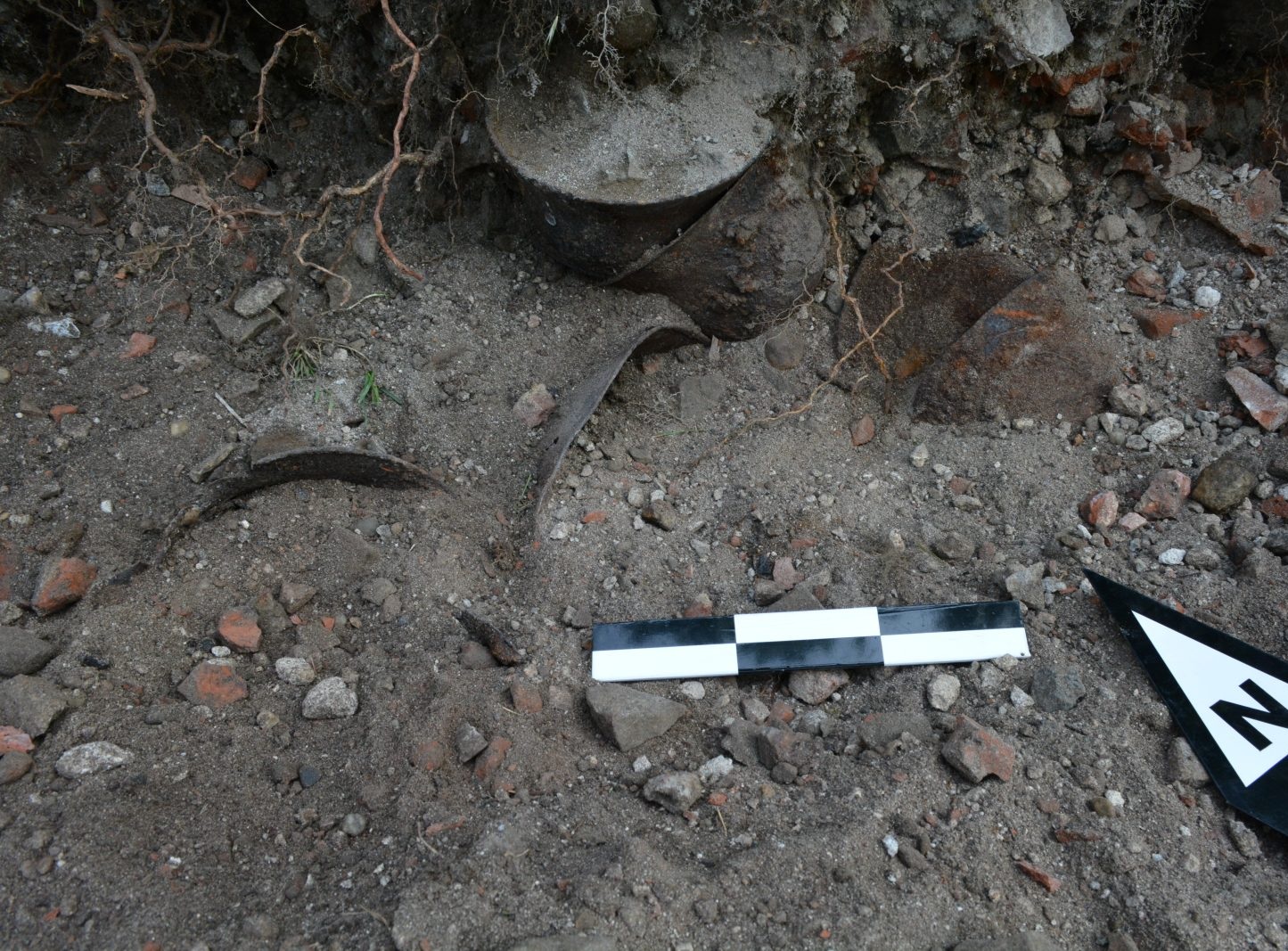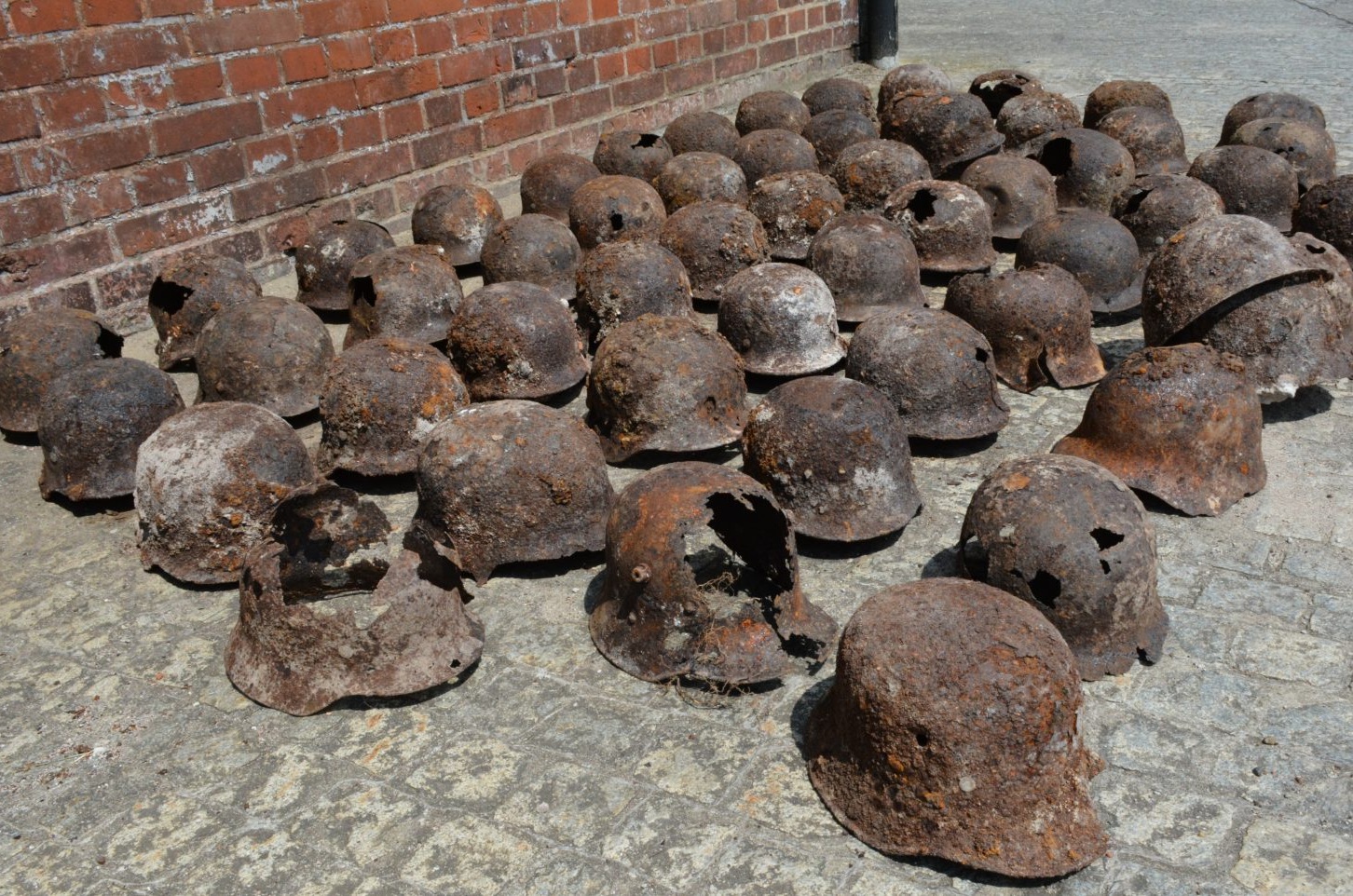Road construction works in the Polish city of Wroclaw have unearthed an unusual cache of military objects from WWI and WWII.
The discovery was made on Koszarowa Street, coincidently just a few metres from the University of Wrocław’s Institute of Archaeology, who excavated over 50 helmets from WWI and WWII.
According to experts, the helmets are mostly German in origin and consist of German M35 and M42 models manufactured before and during World War II, two M38 Luftschutz helmets, one W31 Polish helmet, and one Soviet SSz36.
Based on the intentional arrangement of the helmets, archaeologists theorise that the cache was a reserve for use during air raids and firefighting by the German army’s 8th Signal Battalion during the Nazi occupation of Wroclaw.

The German 8th Signal Battalion was part of the Signal Corps (Nachrichtentruppe des Heeres) of the Wehrmacht, responsible for establishing and operating military communications.
“Until 1945, the site of the discovery was occupied by a utility building that formed part of the barracks of the 8th Signal Battalion. The arrangement of the helmets suggests that at the time the building was destroyed, they had likely been stored on a shelf,” said the University of Wrocław.
The timing of the discovery carries great historical significance, as this year marks the 80th anniversary of the end of the Siege of Breslau (now Wrocław). In August 1944, Hitler declared that Breslau was a fortress (Festung), and ordered the German defenders to fight the encircling Soviet forces for every inch of ground.
Header Image Credit : M. Grześkowiak, P. Duma
Sources : University of Wrocław’





